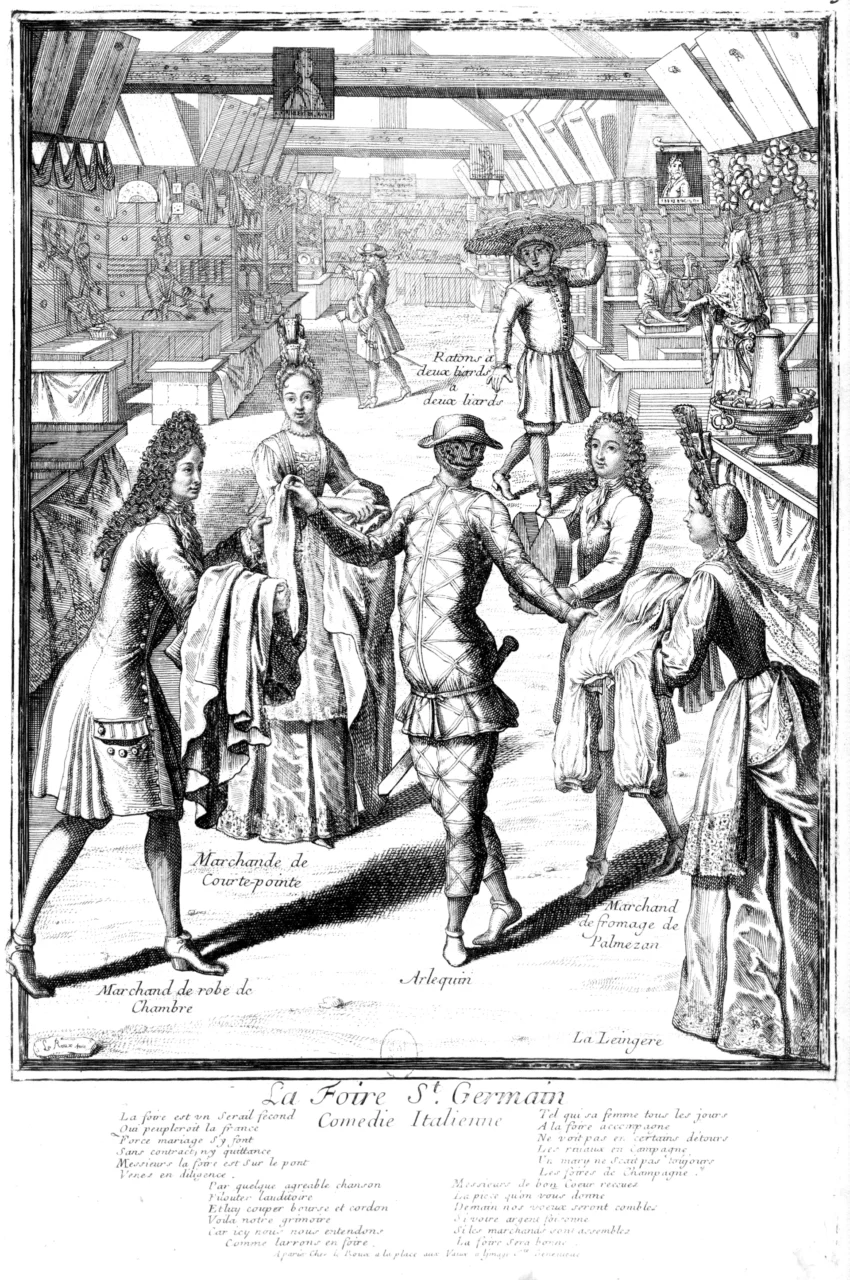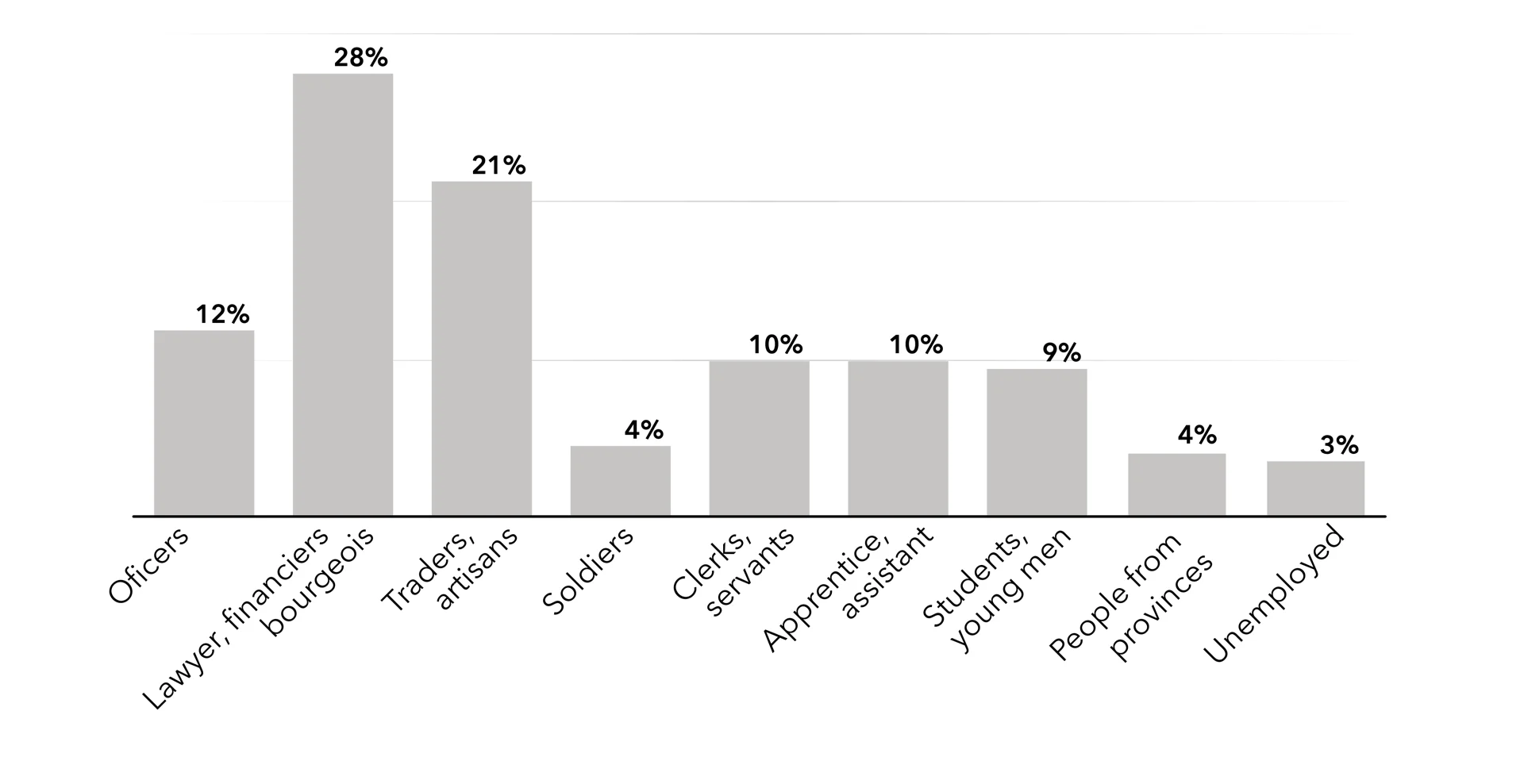VESPACE
History
VESPACE: reliving an evening at the Saint-Germain Fair theatre


The VESPACE project
VESPACE (Virtual Early-modern Spectacles and Publics, Active and Collaborative Environment) is a project that brings together historians, literary scholars, architects, performers, and engineers around the study of the theatrical culture at the eighteenth-century Saint-Germain Fair in Paris.
What is the Saint-Germain Fair?
The Saint-Germain Fair (la Foire Saint-Germain) was a great seasonal covered marketplace, held yearly between 3 February and Palm Sunday. In the eighteenth century, over 300 merchants were present at the Fair each year. An ancestor of the modern shopping mall, one could expect to find snack bars, attractions and games alongside retail commerce. And just as malls are where modern audiences go to the cinema, in the eighteenth century the Fair was closely associated with theatrical entertainment.
The Saint-Germain Fair is believed to have existed in Paris as early as the twelfth century, and was founded in its eighteenth-century form in 1482 by King Louis XI. On the map known as the plan Turgot (1734-1739), one can see the two long covered halls that characterize this fair.
A very diverse public
The miniature by Louis-Nicolas van Blarenberghe reproduced below shows the diversity of the crowds that could be found at the Fair. Nobility, soldiers, clergy, and laborers all gathered there to walk through the covered streets, make purchases, and also to go to the theatre.

Even at the far more prestigious Comédie Française, theatrical spectatorship was an accessible leisure activity for a variety of Old Régime social groups. The table reproduced here shows the distribution of different social classes in the parterre (the standing area immediately in front of the raised stage, roughly equivalent to the pit of an early modern English theatre) at the Comédie Française, the Opéra, and the Comédie Italienne.
In 1722, Philippe d’Orléans, Regent of France during the minority of Louis XV, brought his entire court to the Saint- Germain Fair at 2 o’clock in the morning for a command performance of a marionette play.
All age groups were present at the fairs. Children accompanied their parents to watch certain shows. They also worked as actors and acrobats. In the Blarenberghe miniature, children can be seen on the balcony performing in a parade (a kind of short teaser-performance) which serves as an invitation to potential spectators to buy a ticket and enter inside the theatre itself.

